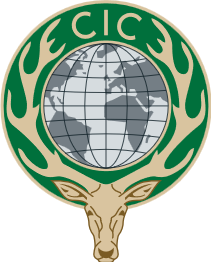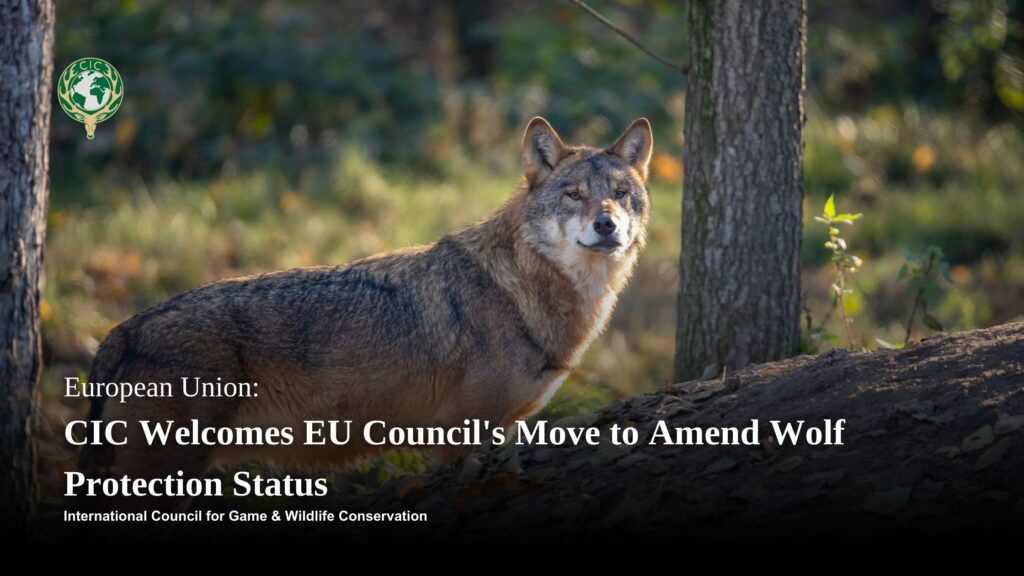Home » News & Press » Leveraging Technology to Combat ASF: How Sweden Controlled the Virus In Less than 3 Months
Leveraging Technology to Combat ASF: How Sweden Controlled the Virus In Less than 3 Months
Facebook
X
LinkedIn



